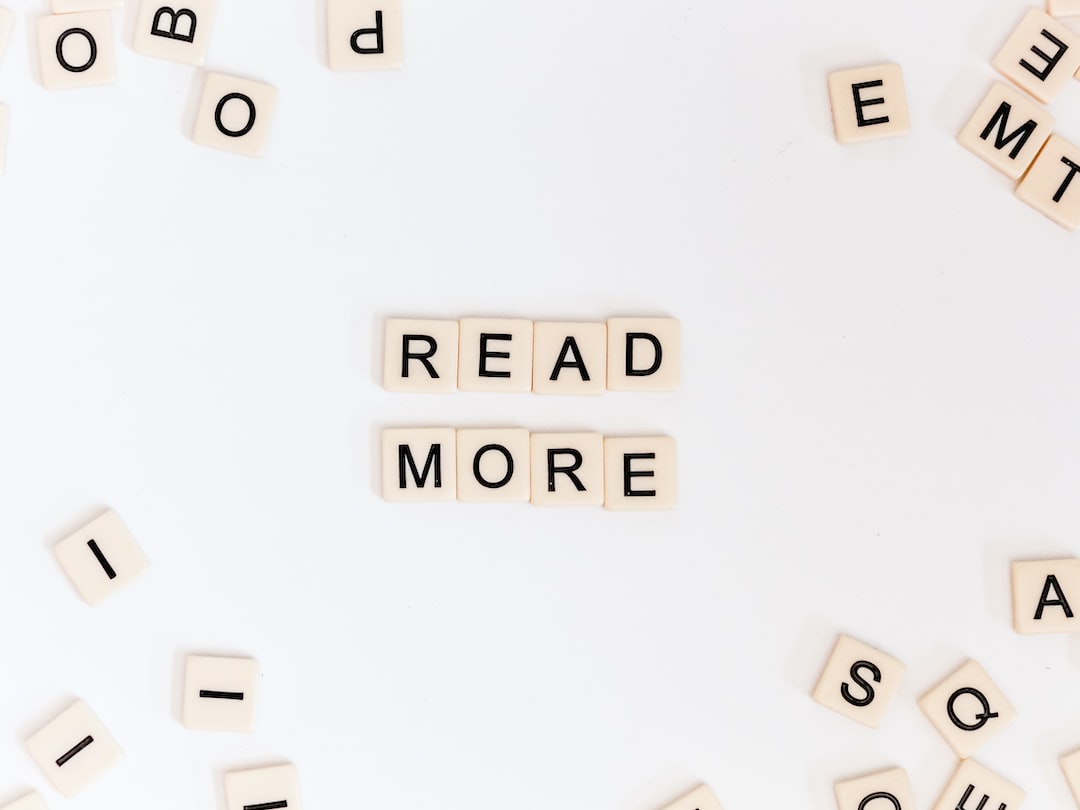The Power of Positive Reinforcement in the Classroom
Positive reinforcement is a powerful tool that can greatly impact the learning environment in the classroom. It is a technique used by teachers to encourage and motivate students, creating a positive atmosphere that fosters growth and development. When utilized effectively, positive reinforcement can lead to increased engagement, improved academic performance, and an overall joyful learning experience.
One of the key benefits of positive reinforcement is its ability to enhance student motivation. By recognizing and rewarding desired behavior, teachers can encourage students to repeat those actions in the future. For example, when a student completes a task or demonstrates good behavior, the teacher can offer praise or rewards such as stickers or small incentives. This positive feedback makes students feel valued and appreciated, boosting their confidence and desire to continue with similar behavior.
Moreover, positive reinforcement helps to create a supportive and inclusive classroom environment. Instead of focusing solely on students’ mistakes or shortcomings, teachers can emphasize their strengths and achievements. This approach builds students’ self-esteem and encourages them to take risks, knowing that their efforts will be acknowledged and celebrated. As a result, students become more confident in their abilities and are more willing to actively participate and contribute to classroom discussions and activities.
Positive reinforcement also plays a crucial role in shaping students’ behavior. By reinforcing positive behaviors, teachers can help students develop desirable habits and make them part of their daily routines. For instance, if a student consistently demonstrates good manners or participates actively in class, the teacher can recognize their efforts and highlight the positive impact their behavior has on the classroom community. This not only reinforces the desired behavior but also encourages other students to follow suit, creating a positive peer culture.
Furthermore, positive reinforcement is highly effective in addressing challenging behaviors in the classroom. Instead of resorting to punishment or criticism, teachers can use positive reinforcement to redirect students’ focus towards more desirable actions. For example, if a student is consistently disruptive during class, the teacher can provide attention and praise when the student is engaged in positive behavior. By doing so, the teacher establishes a connection between positive behavior and the rewards or recognition associated with it, encouraging the student to make better choices.
It is important to note that positive reinforcement is not about providing rewards for every single action. Instead, it is about selectively reinforcing behaviors that align with the desired learning outcomes and classroom expectations. This strategic approach helps students understand the significance of their actions and motivates them to exhibit the desired behavior consistently.
In order to effectively implement positive reinforcement, teachers should be observant and proactive in identifying opportunities for recognition and praise. They should also provide specific feedback, highlighting the specific actions or efforts that are being reinforced. This specificity helps students understand what they have done well and encourages them to continue exhibiting those behaviors.
In conclusion, positive reinforcement is a powerful tool that has the ability to transform the classroom learning experience. It motivates students, enhances engagement, promotes desired behavior, and fosters a positive and inclusive classroom environment. By utilizing positive reinforcement techniques, teachers can create a joyful and supportive learning environment that nurtures students’ growth and development, leading to better academic performance and personal achievement.
